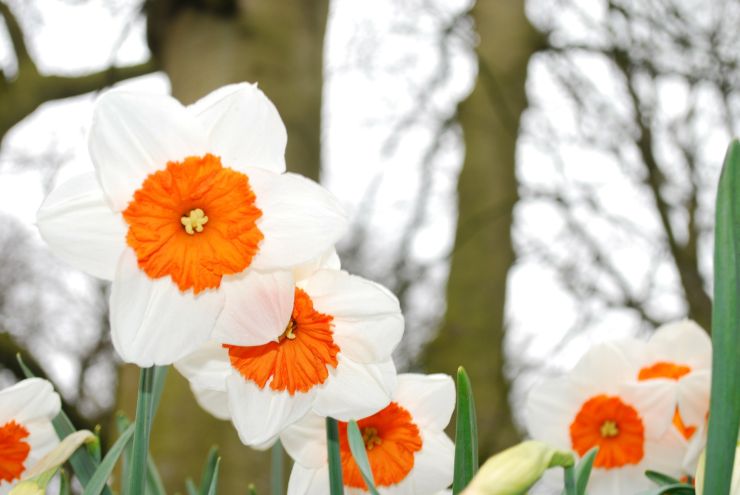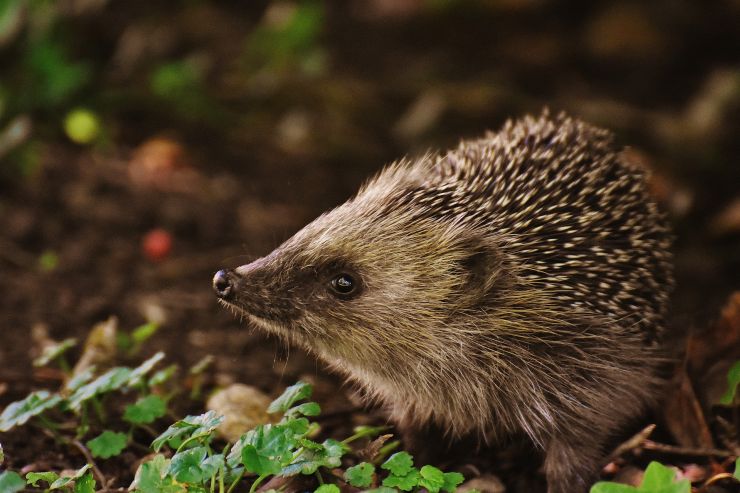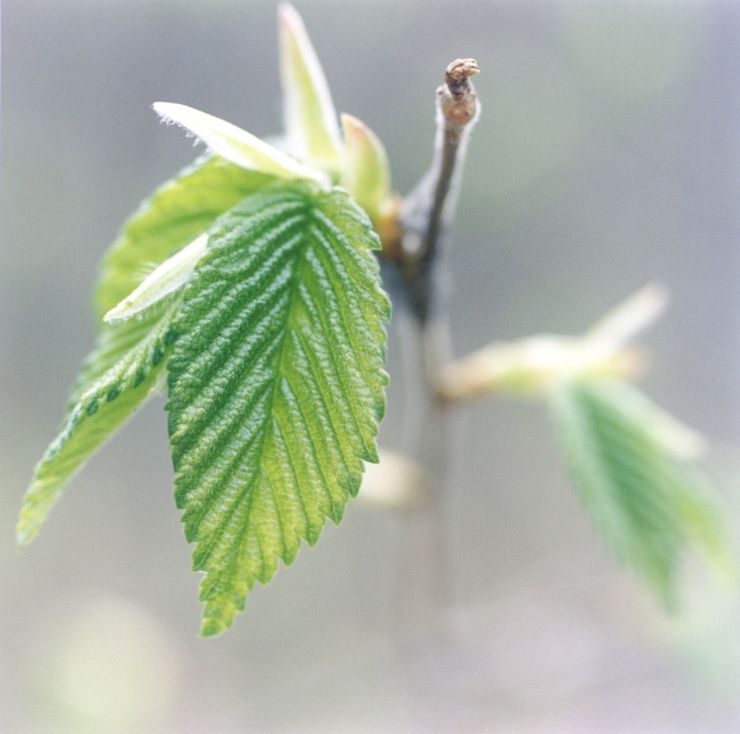What To Do In March

March to the Rhythm of Spring
With renewal, rebirth and regrowth
According to 19th century weather lore ‘March comes in like a lion and goes out like a lamb’, meaning if it starts in a wild, stormy, wintery way it will end in a far more spring-like, warm and gentle way. These days, March is the third month of the year, which marks the beginning of spring, but to the Ancient Romans, it was the first month of the year and cause for New Year celebrations! The oldest Roman calendars showed a year as being 10 months, beginning with March and ending with December. January and February remained two nameless months denoted as ‘winter’ – presumably so awful, they neglected to name them! Although, that said, to us winter has many advantages, when nature is doing her stuff under the soil and above we take every opportunity to tidy up in the quieter months.
So, when does spring start? That depends on whether you follow the astronomical or meteorological seasons. For the former, it’s between 20 March and 21 June but for the latter, 1 March to 31 May. For gardeners, it’s only ever a rough guide as the weather is all, come lion or lamb, there’s plenty to do, but what you do when might change, according to the roar of the lion or the bleating of the lambs!
Spring is most definitely a joyful time of the year, full of hope, plans and the promise of what’s to come. Nature is going through a phase of re-birth and renewal and the garden is starting to put on a show with fresh, new spring blooms and newly-emerging leaves. Spring bulbs are in flower and some bedding plants are starting to produce colour. It can still be nippy though, so take care with sowing seeds outdoors, but you can certainly crack on with planting up your perennial borders.
Jobs Around the Garden in March
Plant trees and shrubs – It’s a great time to plant these so that they get a chance to spread their roots and get established, before the dryer summer months later in the year. Container grown plants can be grown at any time of year, but if you’re planting something like a hedge and want to take advantage of the cost-savings of buying bare-root plants, now is the ideal time to start them off.
Remove Winter Protection – As long as it’s warming up a little, take away any fleece etc. that’s been used to protect from the worst of freezing conditions to let in maximum light.
Select Summer-Flowering Bulbs – Plants like Gladioli can be popped in the soil now and many of the other more tender bulbs, within the next month or so. And, if Gladioli are your bulbs of choice, you’ll need to consider strategies to stop them falling over. As one of the tallest flowering bulbs, Gladioli are beautiful, but can flop as the blooms reach for the sun. Consider, a) planting against a wall or fence at the back of a border, b) plant more tightly together than normal and c) stake each one individually. If you plant closer together you may need to give them more nutrients as the bulbs are competing against each other in a closer space.
Layer Heathers – some plants naturally propagate by layering, like the Strawberry, when its runners root where they touch the soil. Some plants have ‘adventitious roots’, which is when roots occur on a part of the plant which isn’t the main root, stems, leaves etc. and particularly numerous on underground stems. Heather is one such plant which can be propagated by layering.
Spring Tasks in the Greenhouse
Hopefully you will have had a chance to give the greenhouse a thorough clean out over the quieter, winter months. Even if you did, it might need a bit of a dust down, but if you didn’t, now’s the time to give it a good ‘spring clean’. While you’re in de-cluttering mode and before you put everything back in the same place, take the opportunity to consider whether things might be better in alternative locations, in terms of light, warmth or accessibility.
Keep an eye on fluctuating temperatures and ensure to ventilate on warm days. You might still need your greenhouse heater during March as well. March can produce cool, damp weather conditions when ‘damping off disease’ poses a threat. This is a fungal disease, which attacks seedlings, particularly those sown under glass. Water only when needed and keep an eye on the temperature.
There’s lots to do in early spring, sowing seeds, pricking out and taking cuttings, so you’ll be glad of a clean and tidy greenhouse with plenty of space.
Things to do in the greenhouse:
- Start greenhouse crops like peppers, aubergines, tomatoes and melons
- Sow outdoor veg – celery, peas, cauliflower, celeriac and peas
- Sow annuals for outdoor displays – antirrhinum, bedding begonias, impatiens, lobelia, mimulus, nemesia, phlox, rudbekia, zinnias and a host of others.
- Plant seed potatoes for new potatoes in late spring
- Plant tender bulbs like achimenes, amaryllis, cannas and dahlias
- Harvest peas (mangetouts), new potatoes and salad leaves
- Start to take basal cuttings of or herbaceous perennials to plant in the garden later
- Take softwood cuttings of pelargoniums and fuchsias
- Take cuttings of dahlias and spray chrysanthemums
Out and About
Spring is such a special time when everything around is growing and bursting into life. Leaves unfurl birds sing their hearts out, hibernating mammals wake from their winter sleep and on warm days, butterflies and bees start to appear. The days get longer, the sun gets stronger and flowers and foliage multiply, attracting insect-life along the way.

Keep your eyes peeled for hedgehogs, newly-emerged queen bees, frogs, toads and grass snakes. And don’t forget to look up – as migrant birds start to arrive; chiffchaffs, sand martins and wheatears followed in April/May by swallows, swifts, cuckoos and nightingales. Spring brings daily changes, the sap is rising, life is all around and for most species, finding a mate is the prime concern.
You only need study your nearest hedgerow to spot the progress of spring. Hawthorn buds burst with emerging bright green leaves, to be followed by creamy white flowers in April or May. While this blossom is known by the common name of ‘May’, because of its flowering time, it now often flowers in April. Perhaps climate change in action!
Make the most of every moment in spring, it doesn’t last long and will soon make way for summer.

Early Spring
Harshness vanished. A sudden softness
has replaced the meadows' wintry grey.
Little rivulets of water changed
their singing accents. Tendernesses,
hesitantly, reach toward the earth
from space, and country lanes are showing
these unexpected subtle risings
that find expression in the empty trees.
 Author:
Author: